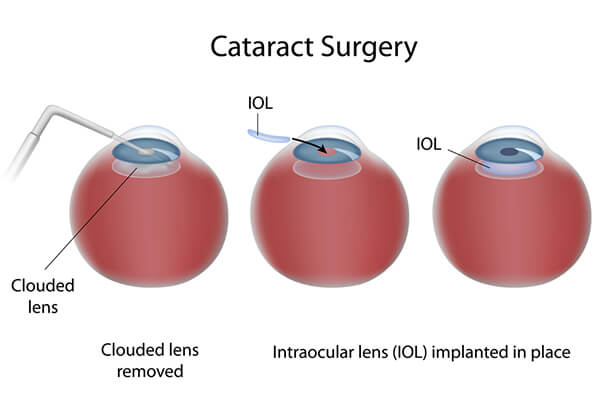Introduction to Cataract Surgery
At Busack Eye Center, we specialize in precise, technologically advanced, micro incision cataract surgery in a relaxed and comfortable setting. We complete the procedure without injections around the eye, and patients usually leave without a patch or shield.
Before Your First Visit
In order to obtain the best measurements of your eyes, stop contact lens wear at least two weeks before your visit and begin using over the counter artificial tears four times per day.
Before Your Surgery
Before your surgery, our team will discuss various types of lens implants with you. How you see after surgery will depend on the type of lens implant used. At your visit, we will discuss your lifestyle and vision expectations so that we may help you determine the best intraocular lens implant for your future.
After Your Surgery
Because there are no needles or injections, only a tiny incision, stitches and an eye patch are not required after the surgery. In most cases, the incision is so small that the eye heals rapidly, with little or no discomfort, and the patient experiences a quick visual recovery. Patients can typically return to normal activities within a few days. The following video describes some symptoms patients may experience directly after their cataract surgery.




